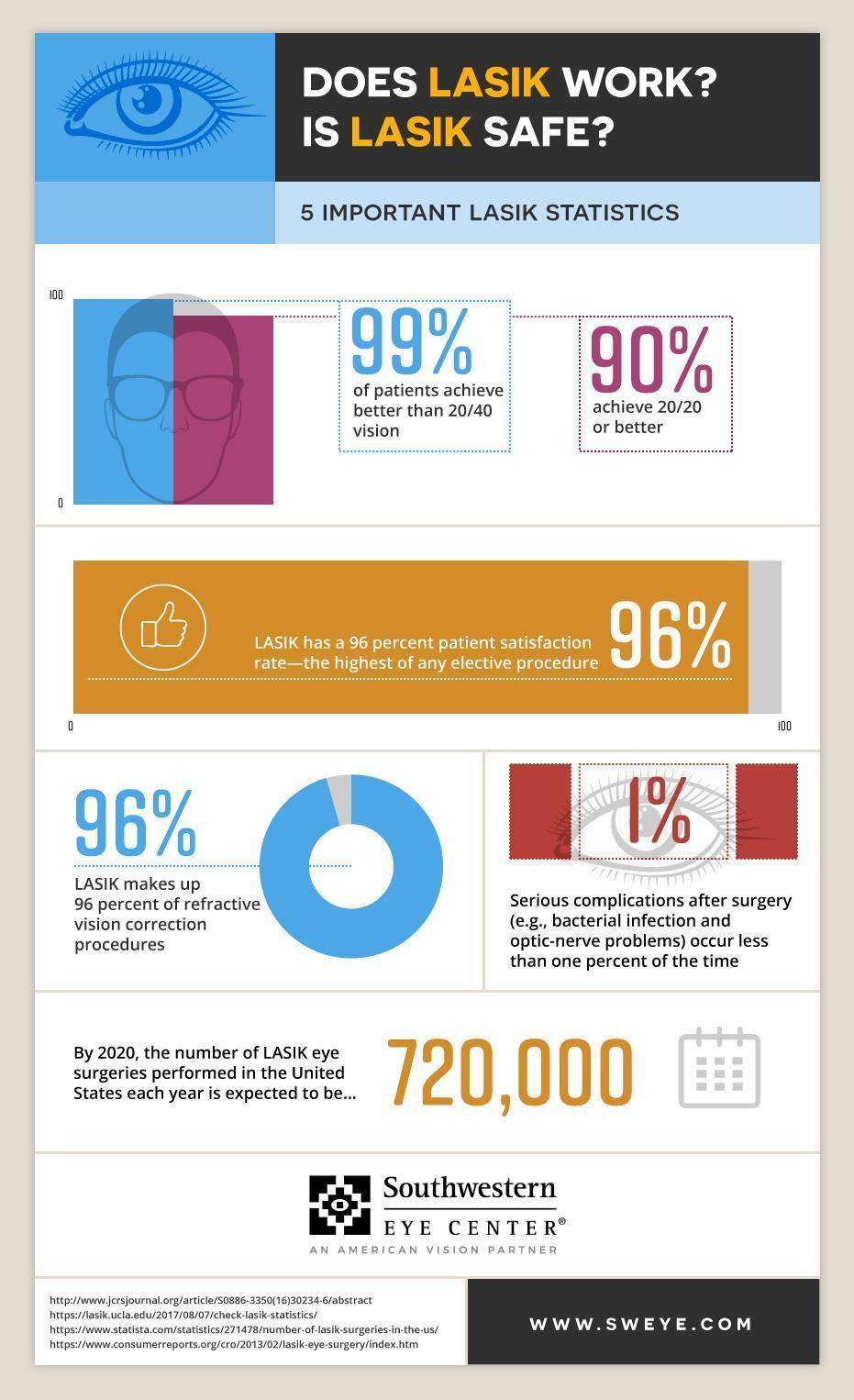The Conclusive FAQ On Refractive Lens Exchange: Key Insights You Must Comprehend
The Conclusive FAQ On Refractive Lens Exchange: Key Insights You Must Comprehend
Blog Article
Staff Author-Miller McLean
If you're considering refractive lens exchange, you possibly have a lot of concerns. This treatment can change just how you see the globe, providing advantages like minimized reliance on glasses. Nonetheless, it's vital to understand the procedure, risks, and who qualifies as a great candidate. Allow's discover these important facets so you can make an educated choice regarding whether RLE is right for you.
What Is Refractive Lens Exchange and Just How Does It Function?
Refractive lens exchange (RLE) is a surgical procedure created to replace your eye's natural lens with a man-made one, remedying vision problems like nearsightedness, farsightedness, or presbyopia.
During the treatment, your surgeon makes a little laceration in the eye, removes your natural lens, and inserts an intraocular lens (IOL) tailored to your vision needs. This outpatient surgical procedure usually takes around 15 to half an hour per eye and is done under local anesthetic.
You'll likely see improvements in your vision nearly promptly, though complete healing may take a few weeks. https://www.webmd.com/eye-health/neuromyelitis-optica-treatment is specifically beneficial for those over 40 or with high prescriptions, offering a durable remedy contrasted to glasses or get in touch with lenses.
Your eye care professional can help identify if RLE is right for you.
What Are the Conveniences and Threats of Refractive Lens Exchange?
Choosing refractive lens exchange can bring about significant improvements in your vision, but it's important to consider both the advantages and risks prior to choosing.
On the bonus side, this treatment can enhance your eyesight by fixing concerns like presbyopia, nearsightedness, and hyperopia. Several patients delight in minimized reliance on glasses or contact lenses, which can substantially enhance their lifestyle.
However, it's crucial to take into consideration prospective dangers. Problems can include infection, glow, or halos around lights.
There's also an opportunity of overcorrection or undercorrection, which may require added procedures.
Who Is an Ideal Prospect for Refractive Lens Exchange?
If you're taking into consideration refractive lens exchange, it is very important to understand whether you fit the account of an excellent candidate. Usually, you may be a good prospect if you're over 40, experience presbyopia, or have high degrees of nearsightedness or farsightedness.
It's additionally vital that your vision is secure, suggesting your prescription hasn't transformed considerably in the past year. If https://kent-lynn-6.technetbloggers.de/investigate-just-how-refractive-surgical-treatment-can-favorably-affect-your-life-in-unexpected-means-and-recognize-the-benefits-you-might-not-have-actually-know have cataracts or various other eye problems, you could gain from this treatment too.
Nevertheless, particular aspects, like uncontrolled diabetes mellitus or autoimmune diseases, might disqualify you. To determine your candidateship, talk to an eye care expert that can review your specific scenario and suggest the very best strategy customized to your needs.
Final thought
Finally, refractive lens exchange can be a transformative choice for enhancing your vision, especially if you more than 40 or have a high prescription. While the benefits are substantial, it's critical to evaluate the risks and speak with your eye care specialist to determine if you're a perfect prospect. With the ideal info and guidance, you can make an informed decision and perhaps appreciate a life with lowered dependence on glasses.
